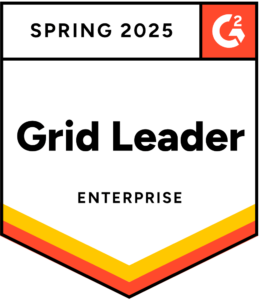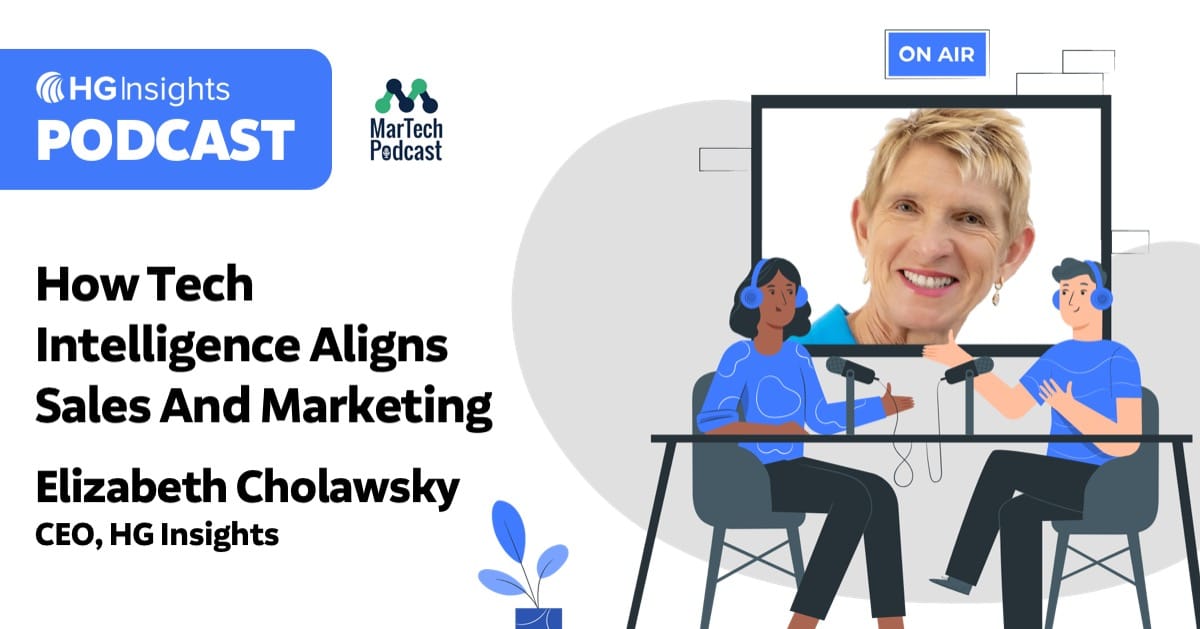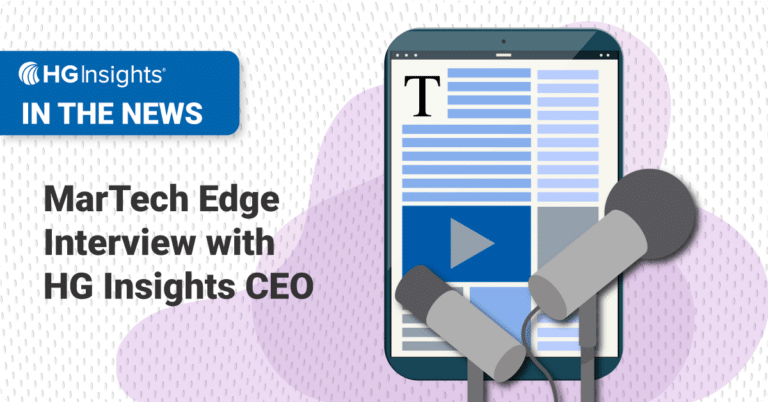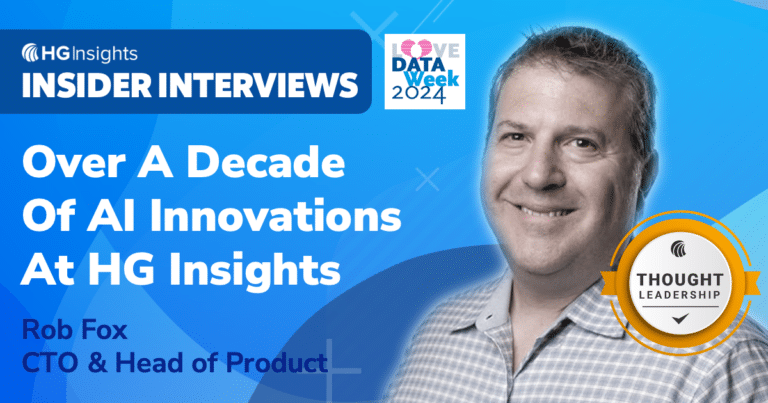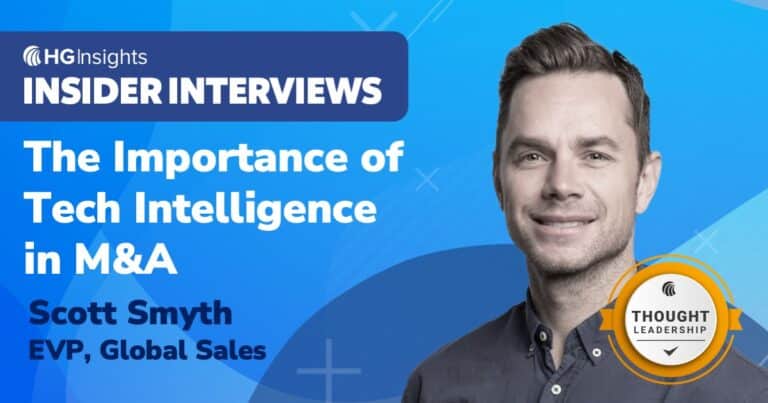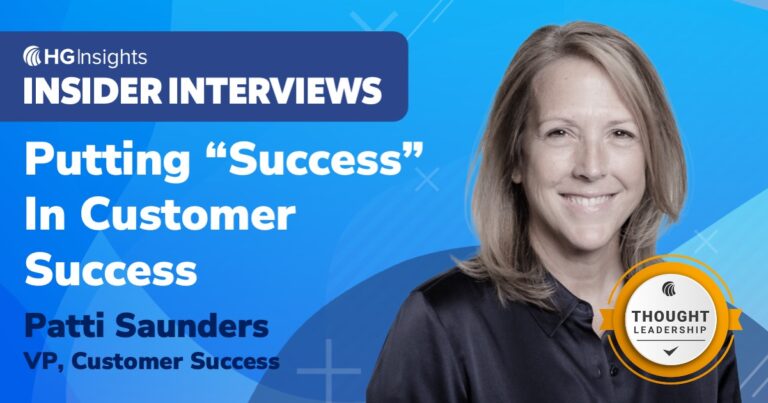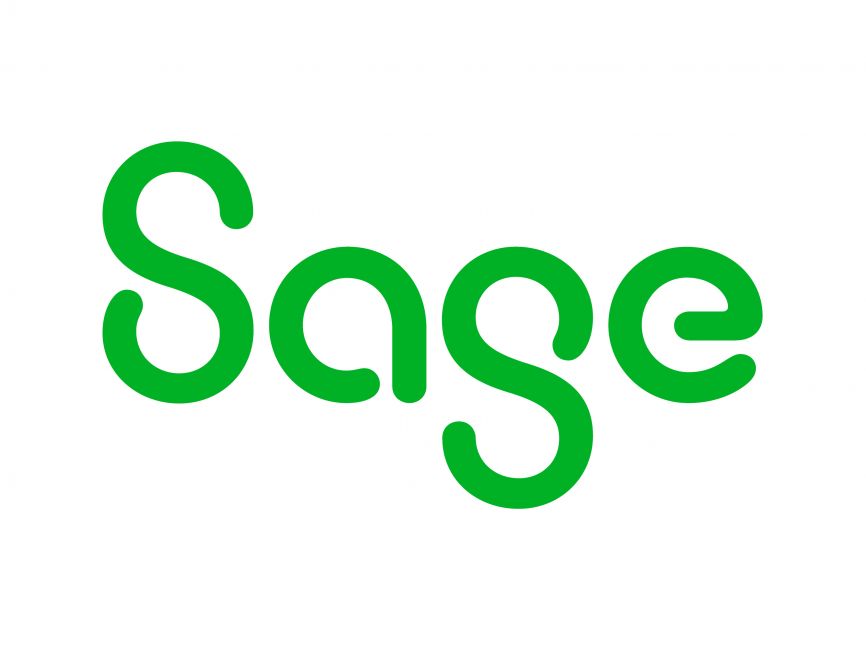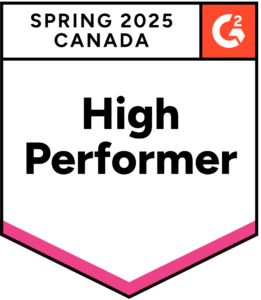How Tech Intelligence Aligns Sales And Marketing
HG Insights CEO, Elizabeth Cholawsky, joins the MarTech Podcast to reveal how technology intelligence can provide your sales and marketing teams with a consistent framework from which to view markets, prospects, and opportunities. This helps both teams create the alignment they need for resource planning, account targeting, and campaign execution.
In this episode, learn how technology intelligence:
- Facilitates collaboration between sales and marketing teams.
- Streamlines the process of Account-Based Marketing (ABM).
- Decreased Alfresco’s cost per lead by 50% due to more accurate ideal customer profiling.
- Scores and prioritizes accounts ensuring appropriate resource allocation.
- Aligns marketing campaigns with sales initiatives.

